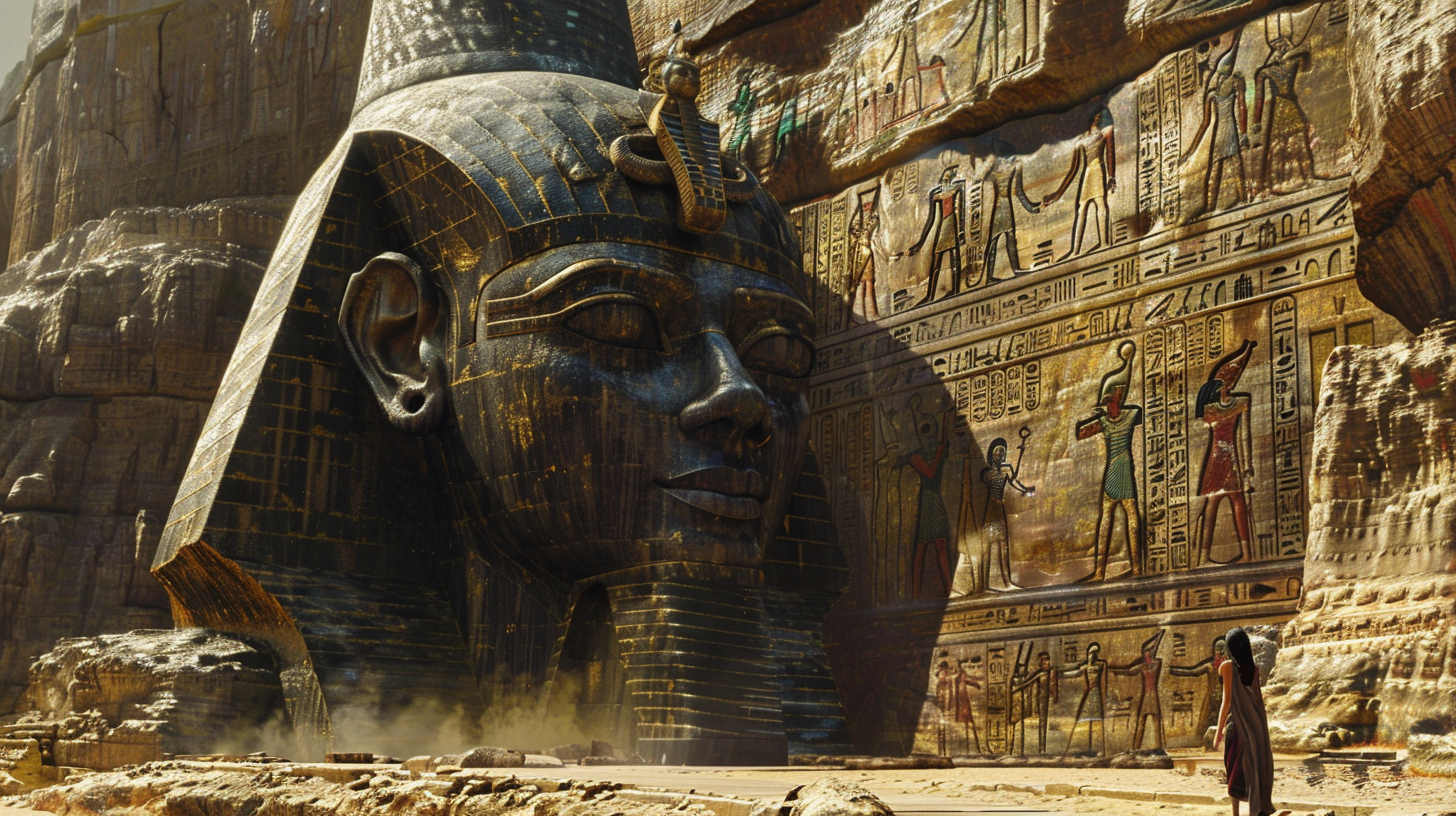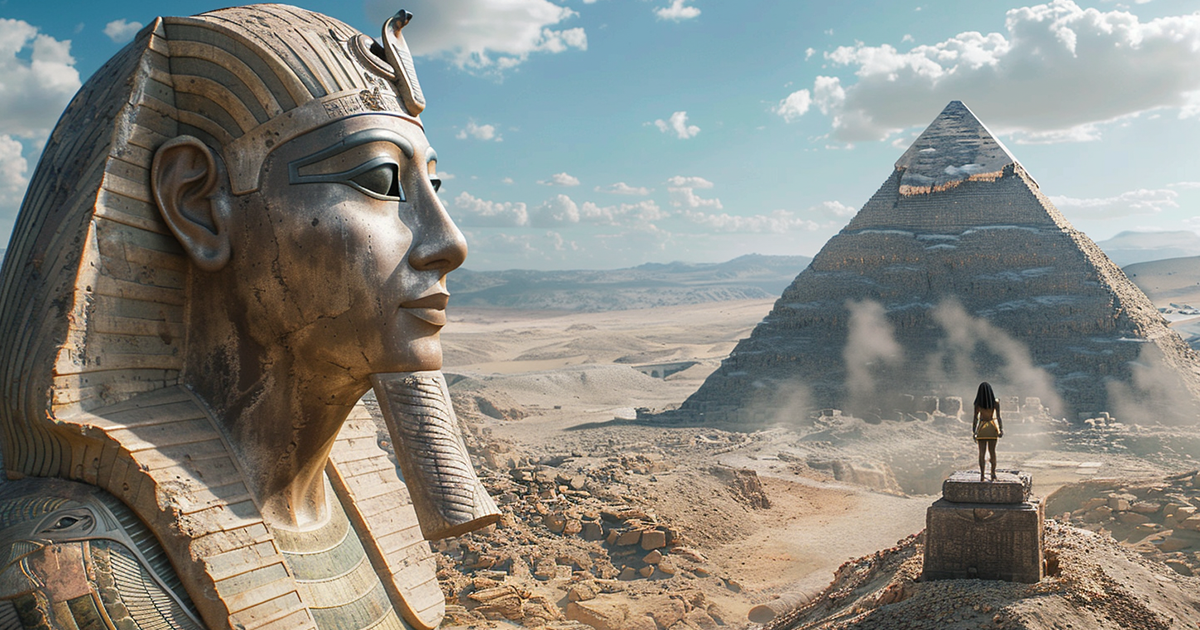Hidden within the expansive desert terrains of Southern Egypt, one can discover a breathtaking display of human innovation and artistic expertise at the Abu Simbel Temple. Yet, transcending its grandeur and historical importance, a perplexing puzzle has seized the attention of scholars and enthusiasts for generations.
Around March of the year 1813, the Swiss explorer Johann Burckhardt chanced upon three colossal stone heads emerging from the sandy grounds near Aswan. This serendipitous encounter gradually revealed the Abu Simbel Temple complex, harboring some of the most immense stone statues ever sculpted by ancient hands.
Rising impressively to a towering height of 64 feet, these statues were not mere representations of pharaohs; they embodied divine supremacy and command. Fashioned to astonish and instill awe, these representations depicted Egypt’s rulers as celestial entities deserving of honor and worship.

However, what ignites the imagination is a hypothesis put forth by select scholars and advocates of ancient astronaut theories. They propose that these monumental statues transcended mere symbols of authority; they were thought to harness cosmic energies and emit them into their environment.
While conventional scholars regard this notion as purely metaphorical, supporters of the ancient astronaut theory present a different perspective, highlighting analogous beliefs held by diverse ancient cultures, where statues were perceived as channels of energy, possibly even possessing consciousness.
The idea of statues housing energy is not confined to Egypt alone. Throughout the ancient world, from the moai heads of Easter Island to Copan and Göbekli Tepe, remnants bear witness to civilizations utilizing colossal stone statues for purposes beyond aesthetic allure.
So, what lay at the core of these monuments? Were they merely symbols of religious devotion, or did they fulfill a more pragmatic, perhaps technological role?
Embarking on an exploration of the enigmatic realm of these ancient relics, we find ourselves immersed in a sea of uncertainties. The mystery surrounding the Abu Simbel Temple and its gigantic statues continues to incite speculation and intrigue, prompting us to delve into the nexus where history, mythology, and potential extraterrestrial influences intersect.
In the end, whether these statues symbolized alien entities or were products of human imagination and spirituality, one undeniable truth persists – they stand as enduring symbols of humanity’s endeavor to fathom the mysteries of the cosmos and our role within it.
